|
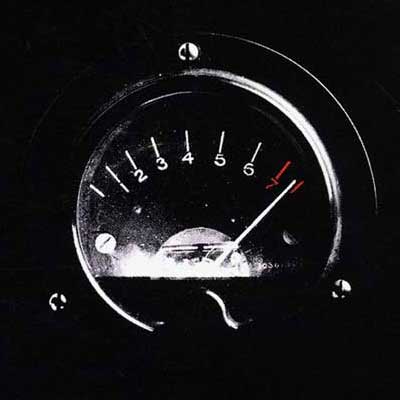
Steven Wilson’s excavation tools:
“I’m
using a pre-Intel Mac G5 with a Digidesign card in it. The Surround Sound was
all mixed within Logic 7 using the Surround capability, and sending out all
six separate outputs through an Apogee Track 2 A-D, then into six
self-powered Genelec speakers.
“For EQ
I’m using the Focusrite D-2, which is a simulation of their Red series,
along with Pultec EQP vintage emulator-simulator software. I didn’t need to
use a lot of compression, because Crimson’s engineers were originally using
a lot of compression, and because the analog tapes contain a lot of
compression anyway. Occasionally a tiny bit of compression across the voice
was needed, in which case I would use the Focusrite D-3, again part of
their Red series.
“Other
delay/reverb effects included the Digidesign D-Verb and Logic’s Space
Designer reverb plug-in. The idea with the Crimson stuff was to not make
the reverbs too big, and to keep them in mono –– in fact I tried to emulate
the old mono plate reverb originally used. I used the D-Verb in mono mode
and very often had a hi-pass/low-pass filter on it, to emulate those vintage
reverb effects. They’re lovely, very warm and transparent. It was
replicating the reverbs, mainly, of the original tapes that was the main
task.
“As
for the drum sound, I used no compression, because they were always
compressing in the original analog recording.”
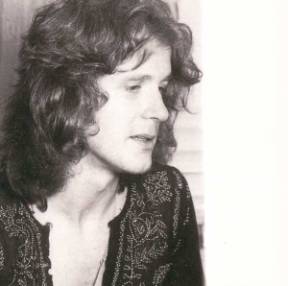
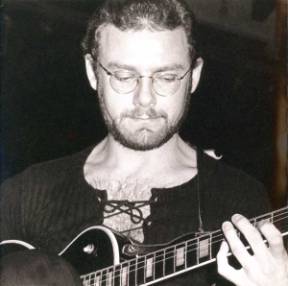
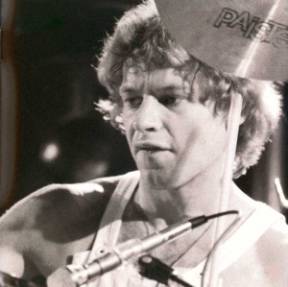
|
Share on:

King Crimson:
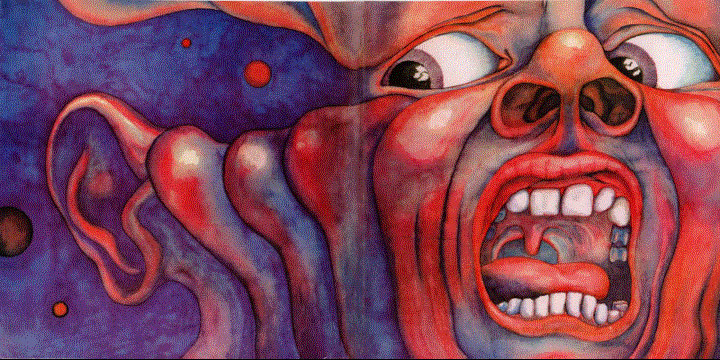 Black
Black
and white and
Red all over
The release of
several classic albums from iconic progressive rock band King Crimson has
its longtime fevered cultists all a-twitter. Titles are being offered from the
band’s Disciple Mobile Global division via Inner Knot distribution, and
thus far include the debut In the Court of the Crimson King along with Lizard and Red. The albums, in deluxe packages containing
CDs of the original album mixes plus bonus tracks, come with DVDs that
include the original audio content plus selected tracks in MLP Lossless
Stereo (24/96), PCM Stereo 2.0 (24/48), MLP Lossless 5/1 Surround and DTS
5.1 Surround; vintage video clips are also included.
Much like the recent Beatles
catalogue reissues, the task
of properly presenting the original sound of these revered albums was a key
issue, ensuring that picky fans wouldn’t be disappointed by the modern
representation of 40-odd-years’-old recordings that might sound inadequate
when compared to the oomph and sheen of contemporary digital productions,
but which looked to modern technology to maximize the glories of the
originals.
A longtime Crimson fan
and a frequent collaborator with the band’s founder Robert Fripp, Porcupine Tree’s Steven
Wilson was called upon to dig into the original King Crimson tapes and help
give them lush new life. Though he and Fripp had generally agreed upon a
set of guiding principles for the remixes –– respect the integrity of the
originals, but do some exploring, within bounds of reason –– Wilson for the
most part relied on his own taste and judgment when seeking the perfect
balance of old and new.
“I didn’t know of any
Surround Sound mixes of Crimson before,” says Wilson, “so I really
approached it as an idiot savant, just seeing what there was and what
seemed to work. Robert was approached and initially not that keen on the
idea, but his manager said to him, `Well, why not let him try one, and if
you don’t like it, we’ll put it down to experience and forget about it.’”
Fripp liked what he heard.
Wilson sees Crimson as
the perfect band for the Surround Sound treatment.
“Whatever kind of music
you classify Crimson as –– art rock, progressive rock –– this is a genre
that lends itself perfectly well to Surround Sound, in a way that, say,
AC-DC wouldn’t lend itself to Surround. King Crimson is very
impressionistic music; it’s not trying to sound like it was made in a
basement, it’s trying to reach for something higher, something more epic,
something more experimental.”
Fully aware of both the
possibilities and risks involved in remixing for Surround sound, Wilson
experimented with many alternative positionings for the instruments and
voices, while not eclipsing the visceral slam of the original stereo mixes.
But for this he had no aesthetic guidelines.
“I was throwing out the
stereo mixes and going back to square one and asking, Where should things
go, where would they go, where could they go? There was no reference from
the stereo there. I tended to have the bass centered in the front middle,
but everything else was up for grabs –– the guitar, keyboard, vocal,
percussion parts. I did what I intuitively felt I wouldn’t have done having
been there for the stereo mixes.”
With Surround there is
a risk of creating a hollow center in a previously hard-hitting mix.
“There’s a case to be
made for things having more impact when they are more congested, in a way.
Some people prefer the Beatles’ mono mixes over the stereo, for example.
With Surround, there is a danger of creating more space but somehow pulling
apart the glue that holds the music together and gives it its power. Crimson’s
music, however, is layered enough that it can withstand this more spacious
approach, in a sense pulling the stereo apart wider and creating more of a
spectrum. Mellotrons, and reverb plates on them, all of that lends itself
very well to Surround.”
Wilson’s first task was
re-creating the stereo mixes, as closely and faithfully as possible to the
originals. “I grew up with these albums, too, and the last thing I wanted
to do is tamper with the legacy of King Crimson.” When he felt that he had
achieved a match of the stereo mix –– and he was A-B-ing the whole way
through –– only then did he start to bring it into the Surround Sound
spectrum.
“I didn’t really have
an overall philosophy, because the Crimson records are kind of unique in a
way, they’re not a conventional band. So soundwise you couldn’t possibly
have a precedent for the music anyway; they made some of the most bizarre
rock albums ever made, with free jazz coming into play. I just used my
imagination and what felt right.”
According to Wilson,
during his immersion in the stereo mixes of the original tapes, it was
self-evident which albums were sounding better in stereo, one of the
reasons for which is that he was able to work from the original studio
reels.
“There was no need to
use the bounce-down slavery of the original mixes,” he says with a touch of
wonder in his voice. “We could go back and use the original session tracks.
So we had first-generation drums and bass on In the Court of, for example, because the tapes you heard
on the original albums were actually third-generation by the time the
master reel was compiled in 1969.”
Resisting the urge to
do anything radical in his treatment of the sound of the old recordings,
Wilson contented himself with minor adjustments to the EQ, reverb and
stereo placement –– and wishes to point out that if there are noticeable
differences in any of the mixes, it’s because Fripp himself insisted on
them.
“I was trying to be religiously
faithful,” he says with a laugh, “and occasionally Robert would come in and
say, `You know what, I never liked that anyway’ or `Now we have a chance to
fix this,’ so he was making changes to some of the stereo mixes that I
wouldn’t personally have made.”
The tapes themselves
were in many cases not in such good shape.
“Some of the tapes were
in such terrible condition that the engineer had to hand-wind them onto
another reel and fix all the edits and get all the glue and crap off the
tape. Some of the tapes came back with dropouts, where literally the tape
had shredded away. We had to lift, occasionally, a moment or two from
somewhere else off the track to repair a piece of music.”
Wilson feels that
modern presentations such as Surround Sound are for the most part a great
way to pay tribute to a legendary band.
“In my experience,
anyone who hears their catalog in Surround Sound loves it. And if they say
they don’t like it, it’s typically because they haven’t heard it properly.
To be able to hear your music in Surround Sound is really the ultimate.”
Wilson also notes the
awe he experienced when listening up-close to the original recordings of
King Crimson.
“Generally speaking,
the sounds recorded on tape were fantastic; it was a real lesson for me,
because I’m used to digital recording. These guys didn’t have the luxury of
tracking four times; they just had to get the most phenomenal tone which
sounded big without extra tracking. How good the engineers were to get such
terrific sounds right from the start.” 
|
|

